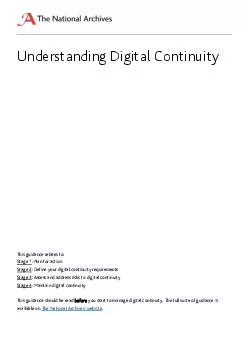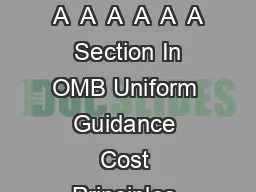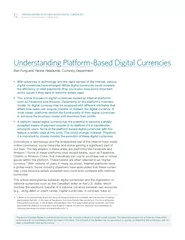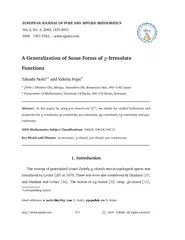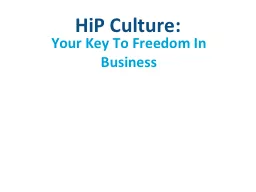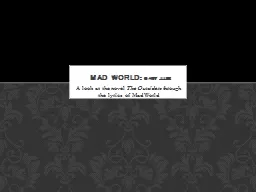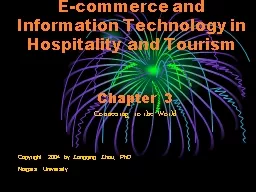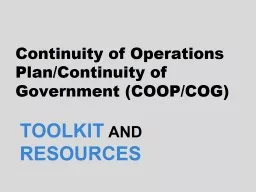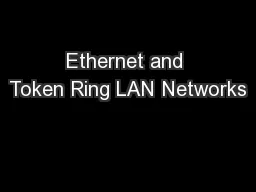PDF-This guidance relates to Stage lan for action Stage Define your digital continuity requirements
Author : cheryl-pisano | Published Date : 2015-01-18
It is produced by the Digital Continuity Project and is available from wwwnationalarchivesgovukdc guidance brPage 2br The National Archives Understanding Digital
Presentation Embed Code
Download Presentation
Download Presentation The PPT/PDF document "This guidance relates to Stage lan for ..." is the property of its rightful owner. Permission is granted to download and print the materials on this website for personal, non-commercial use only, and to display it on your personal computer provided you do not modify the materials and that you retain all copyright notices contained in the materials. By downloading content from our website, you accept the terms of this agreement.
This guidance relates to Stage lan for action Stage Define your digital continuity requirements: Transcript
Download Rules Of Document
"This guidance relates to Stage lan for action Stage Define your digital continuity requirements"The content belongs to its owner. You may download and print it for personal use, without modification, and keep all copyright notices. By downloading, you agree to these terms.
Related Documents

